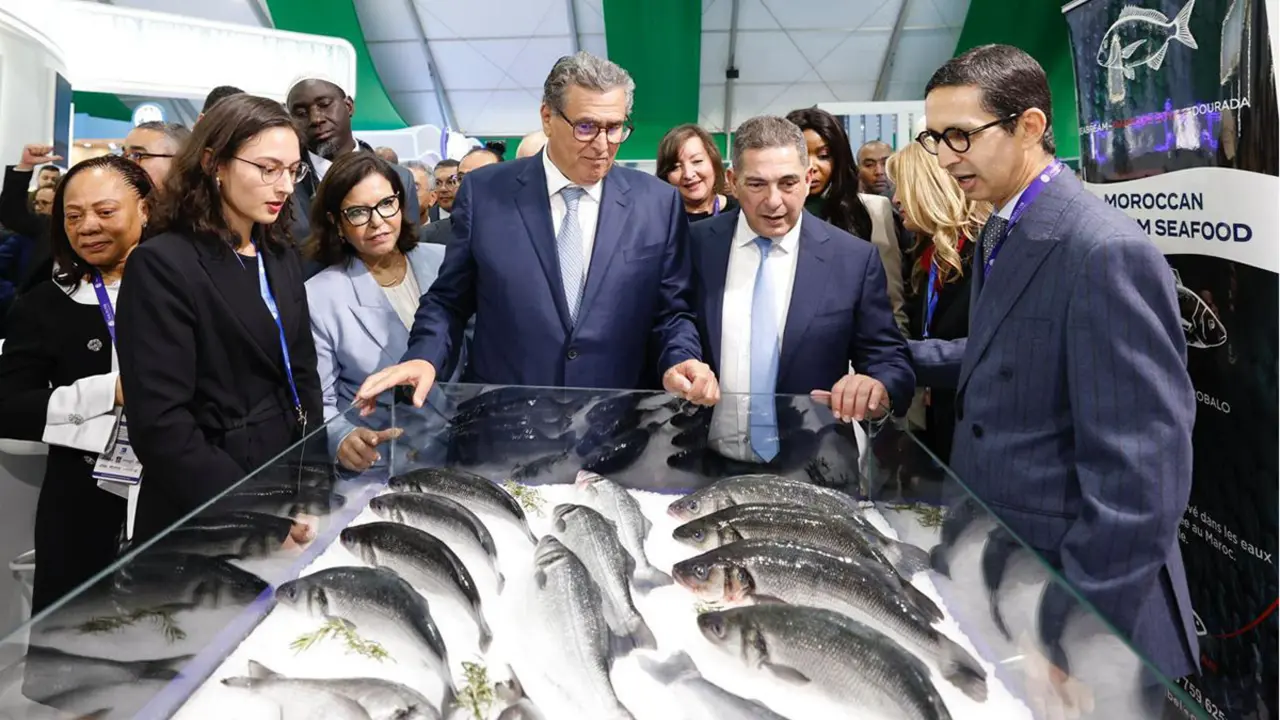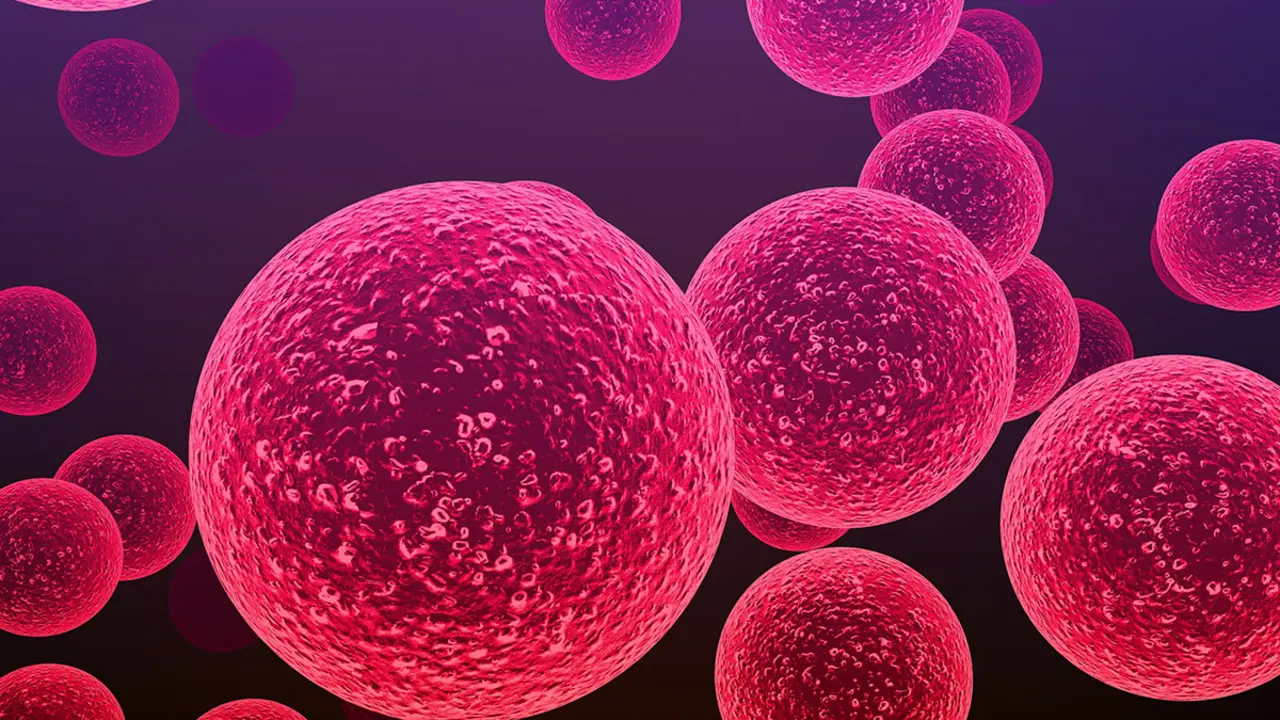Why biodiversity is good for our health

The UN Biodiversity Conference, COP25, recently concluded in Montreal with a historic agreement to protect 30% of the planet's land, coastal areas and inland waters by the end of the decade.
One million species are currently threatened with extinction, and if species continue to be lost exponentially, ecosystem functions vital to human health and life will continue to be disrupted.
Ecosystems provide goods and services that support all life on this planet, including human life.
Although we know a great deal about how ecosystems function, they regularly involve complex processes and are of such a vast scale that it would be impossible for humanity to replace them, no matter how much money is spent in the process.
Most of the medicines prescribed in industrialised countries come from natural compounds produced by animals and plants. A billion people in the developing world rely on traditional medicinal plants for primary health care.
Many cures from nature are familiar: painkillers such as morphine from opium poppies, the anti-malarial quinine produced by the bark of the cinchona tree in South America or the antibiotic penicillin generated by microscopic fungi, while microbes discovered in the soil of Rapa Nui (Easter Island) fight heart disease by lowering cholesterol.
Other treatments, however, are not as well known to the general public, but AZT, for example, one of the first HIV/AIDS drugs, came from a large shallow-water sponge living in the Caribbean, which happens to be the same sponge that produced antivirals to treat herpes and serves as the source of the first marine-derived cancer drug licensed in the United States.
To date, only about 2.16 million species have been identified, many of which have barely been studied. Millions more are believed to be completely unknown.
Everything alive is the result of a complex "living laboratory" that has been conducting its own clinical trials since life began approximately 3.7 billion years ago.
This natural pharmaceutical library harbours countless cures yet to be discovered, if we do not destroy them before they are recognised.
Consider the polar bear, now classified as an endangered species. As their Arctic habitat melts due to climate change, the world's largest land predator has become an icon of the dangers posed by rising temperatures around the world.
But they could also be an icon for health.

Polar bears have naturally developed "solutions" to problems such as type II diabetes, osteoporosis and kidney failure, all of which cause misery for millions of people.
For example, polar bears accumulate large amounts of fat before hibernating. Yet, despite having fat to a degree that would endanger human life, they are apparently immune to type II diabetes.
In addition, they remain immobile for months, but their bones remain unchanged.
And, while inactive, they do not urinate, but their kidneys are not damaged. If we understood and could replicate how bears manage their fat, care for their bones and detoxify waste while hibernating, we could treat, and perhaps even prevent, type II diabetes, osteoporosis and kidney failure in humans.
Just to give us an idea of what their benefit might be, if we can uncover these secrets before the polar bears disappear, suffice it to say that:
- 13% of the world's population is currently clinically obese, and the number of patients with type II diabetes is expected to increase to 700 million by 2045.
- in their lifetimes, one in three women over the age of 50 and one in five men will experience osteoporosis-related bone fractures.
- In the United States alone, kidney failure kills more than 82,000 people and costs the economy $35 million a year.
Another example is coral reefs, sometimes referred to as "rainforests of the sea" because of their high biodiversity.
Among the countless inhabitants of these reefs are the so-called cone-shell snails, a predatory mollusc that hunts with darts containing 200 different toxic compounds.
The drug Ziconotide exactly copies a toxic peptide from one of these snails, and is not only 1000 times more potent than morphine, but also prevents the tolerance and dependence that opioids can cause.
To date, of all the 700 species of cone-shell snail, only six have been examined in detail, and of the thousands of unique compounds they harbour, only 100 have been studied in detail.
Coral reefs and all their occupants are being destroyed at alarming rates.

Providing chemical compounds is not the only way biodiversity is crucial to our health. A surprising variety of species have helped revolutionise medical knowledge.
Zebrafish, for example, have been central to our understanding of how organs, especially the heart, are formed; while a microscopic roundworm has led to an understanding of "programmed cell death" (apoptosis) that not only regulates organ growth but, when disrupted, can cause cancer; and fruit flies and bacterial species were major contributors to research that mapped the human genome.
All this illustrates that there may be undiscovered species that possess attributes that make them particularly suitable for studying and treating human diseases. If these species are lost, their secrets will be lost with them.
The main factor currently driving biodiversity loss is habitat destruction on land, in streams, rivers, lakes and oceans.
Unless we significantly reduce our use of fossil fuels, climate change alone is projected to threaten the extinction of around a quarter or more of all species on earth by 2050, surpassing even habitat loss as the greatest threat to life on earth.
Species in the oceans and freshwater are also at great risk from climate change, especially those such as corals that live in ecosystems sensitive to warming temperatures, although the extent of that risk has not yet been calculated.

Biodiversity losses influence human health in many ways. Ecosystem disruption and biodiversity loss have major impacts on the emergence, transmission and spread of many human infectious diseases.
The pathogens of 60% of human infectious diseases, for example malaria and covid, are zoonotic, meaning that they have entered our bodies after having lived in other animals.
The virus that causes HIV/AIDS, which has killed more than 40 million people to date, probably jumped from chimpanzees. Overall, there may be 10,000 zoonotic viruses circulating silently in the wild today that are capable of passing to us from other species.
This makes the health approach a collaborative, multi-sectoral and transdisciplinary approach that brings together diverse intergovernmental agencies, governments, and local and regional actors to address human health and environmental health together to minimise the risk of future diseases.
Selfishly, if the natural world is healthy, we will be healthy too.
A key challenge for organisations working to preserve biodiversity is to convince policy makers, and the general public, that humans and our health are fundamentally dependent on the animals, plants and microbes that share this small planet.
We are totally dependent on the goods and services provided by the natural world, and we have no choice but to preserve it.
The World Economic Forum estimates that half of the world's Gross Domestic Product, some $44 trillion, depends on nature.
Globally, the pharmaceutical industry's annual revenue is $1.27 trillion, and each year, medical care in the United States costs more than $4 trillion.
In comparison, the amount of money needed to close the biodiversity conservation financing gap is only $700 billion a year. For the health and life insurance of the planet, that figure is not just a bargain, it is a necessity.
Humans cannot exist outside of nature. Protecting the plants, animals and microbes with which we share our small planet is not voluntary, for it is these organisms that create the support systems that make all life on Earth, including human life, possible.








